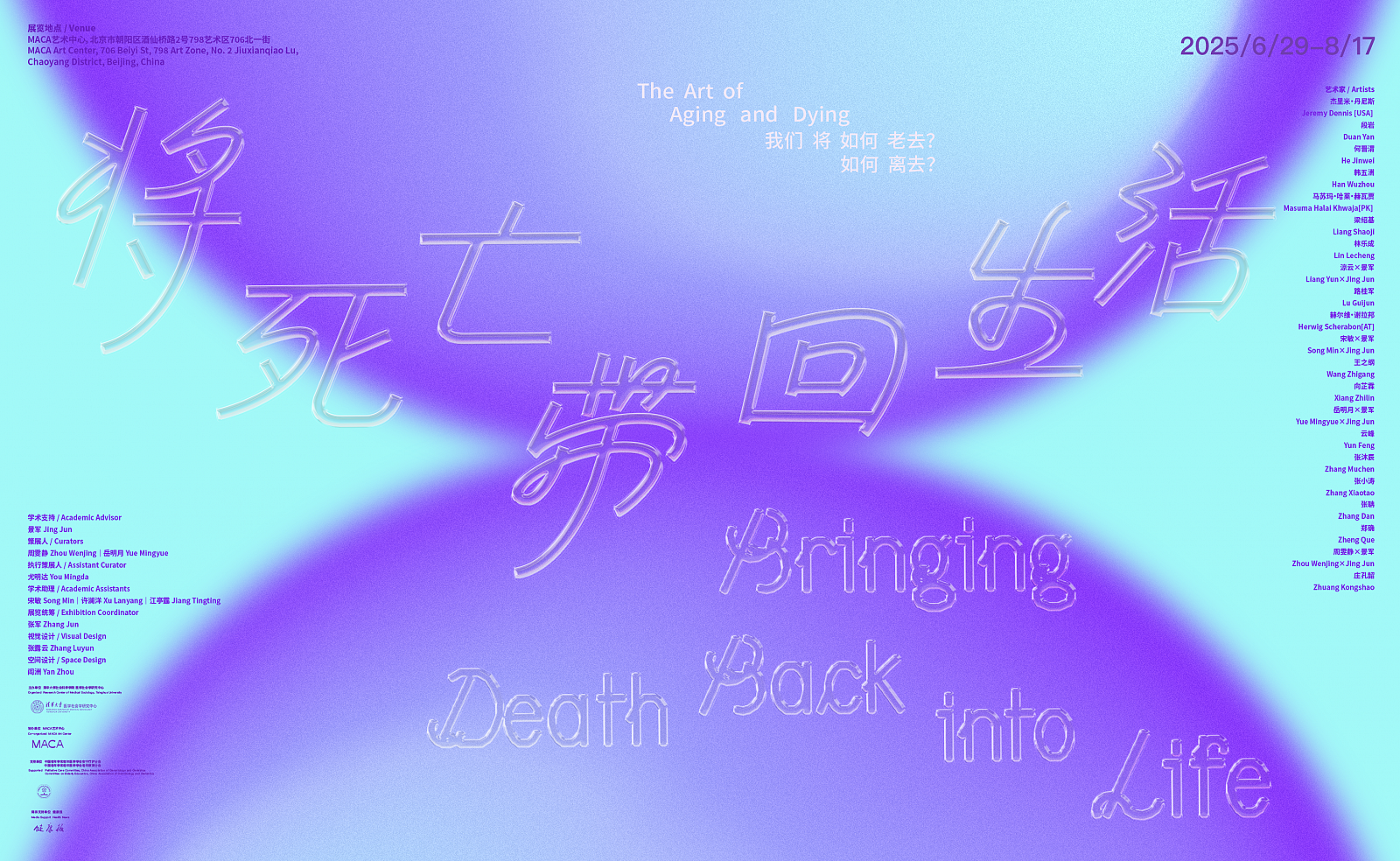
2025.06.29—08.17
Artists: Jeremy Dennis (US), Duan Yan, He Jinwei, Han Wuzhou, Masuma Halai Khwaja (Pakistan), Liang Shaoji, Lin Lecheng, Liang Yun × Jing Jun, Lu Guijun, Herwig Scherabon (Austria), Song Min× Jing Jun, Wang Zhigang, Xiang Zhilin, Yue Mingyue × Jing Jun, Yun Feng, Zhang Muchen, Zhang Xiaotao, Zheng Que, Zhou Wenjing × Jing Jun, Zhuang Kongshao
Academic Advisor: Jing Jun
Curators: Zhou Wenjing, Yue Mingyue
Assistant Curator: You Mingda
Exhibition Coordinator: Zhang Jun
Academic Assistants: Song Min, Xu Lanyang, Jiang Tingting
The title of this exhibition, Bringing Death Back into Life, seeks to break a long-standing taboo surrounding the very mention of death. "Death"—a singular, heavy word—is often avoided in everyday vocabulary, as if its mere utterance might summon unavoidable sorrow and dread. It carries the pain and weight of fear, grief, loss, regret, bereavement, repression, deprivation, helplessness, and even total despair. To speak of death is to tread the threshold of shadow and light. In Chinese culture, this aversion has given rise to a vast repertoire of metaphors, metonymies, euphemisms, and rhetorical devices designed to soften the sting of speaking about death aloud. In ancient times, the words used to describe death varied according to social status. The death of an emperor was bēng, evoking the collapse of a mighty mountain; the death of a scholar-official was referred to as bù lù, marking the end of a state stipend and the cessation of public life; while only the death of commoners was marked by the word "die" itself—sǐ. In modern days, the phrase qù shì—"to depart from the world"—has become the favored euphemism, lending a gentler tone to what remains an unsettling reality. Even "death education" has adopted a softened lexicon, rebranded as "life education," to sidestep direct engagement with mortality. This exhibition, however, chooses to confront death head-on—not for the sake of sensational provocation, but to restore death to its rightful place within the continuum of life, inviting us to view death as not the negation of life but rather an encoded extension of being alive.
Bringing Death Back into Life is organized by the Research Center for Medical Sociology, Tsinghua University, and co–organized by MACA Art Center. With academic support from Prof. Jing Jun, the exhibition is curated by Zhou Wenjing and Yue Mingyue.
Jing Jun
Jing Jun received his Ph.D. from Harvard University in 1994. From 1994 to 2009, he taught in the Department of Anthropology at the City College of the City University of New York. In the fall of 2000, he joined the Department of Sociology at Tsinghua University. He was appointed a Changjiang Distinguished Professor in 2006 and recognized as a State Council Expert for Special Allowance in 2015. In 2025, he was appointed Distinguished Professor at the School of Humanities and Social Sciences, Sun Yat-sen University. He currently serves as Vice President of the Chinese Association of Anthropology and Ethnology, and from 2004 to 2014, he served consecutive terms as Vice President of the International Union of Anthropological and Ethnological Sciences (IUAES). His research interests have included historical memory, protest over environmental issues, public health, as well as aging and end-of-life care.
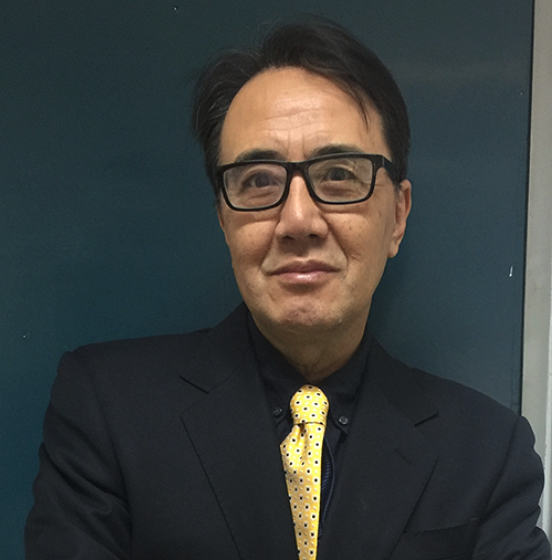
Zhou Wenjing
Zhou Wenjing, artist and curator, holding dual Master’s degrees from the École des Beaux-Arts de Nantes in France and the Sichuan Fine Arts Institute in China. She has curated Sino-French art exhibitions such as Emotional Communities and Invfenting Downtown. Her work focuses on issues of identity, gender, the body, illness, and power, as well as the complex relationships among them. She engages with social issues through diverse artistic practices including exhibitions, writing, and curatorial projects.
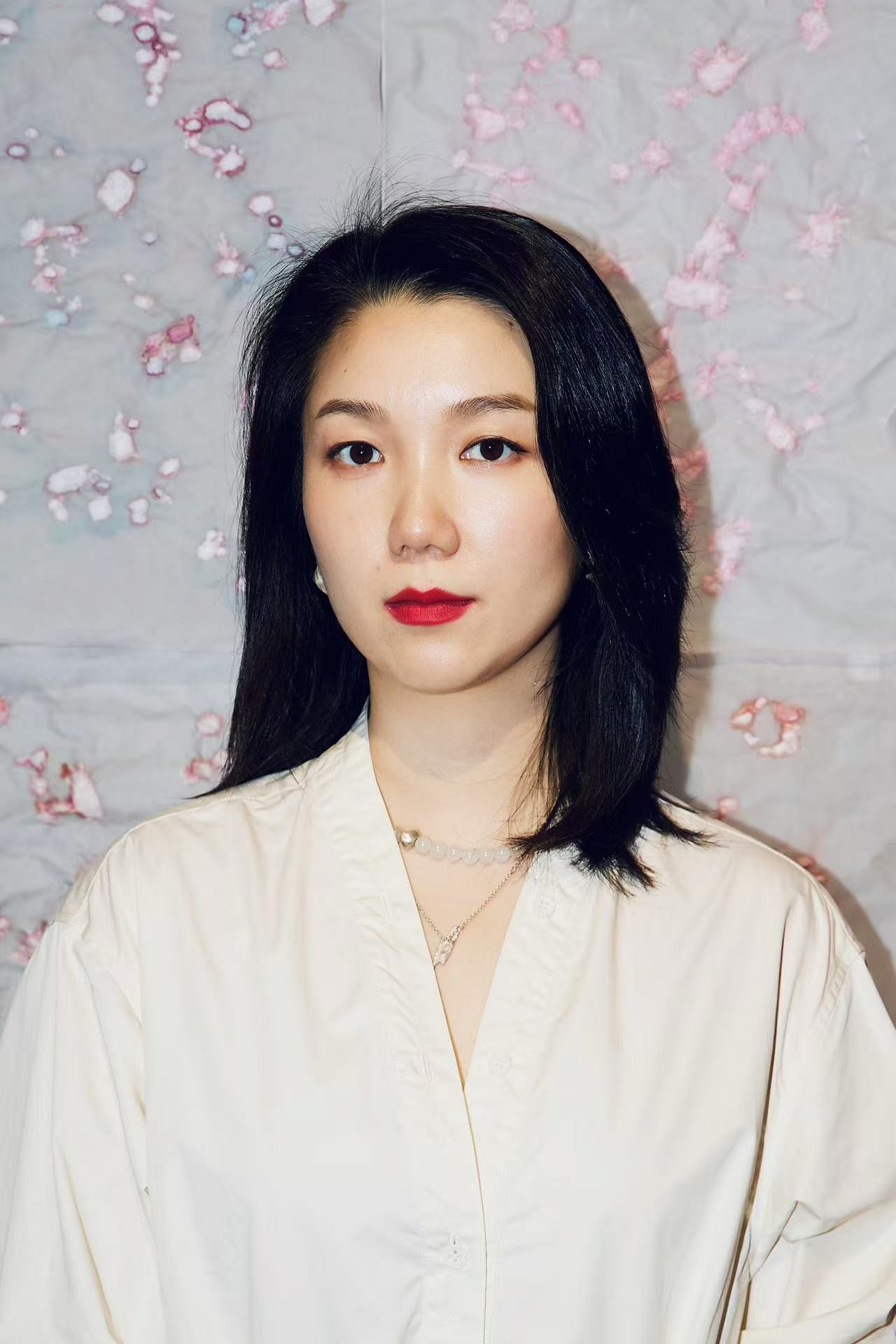
Yue Mingyue
Yue Mingyue is a Ph.D. candidate at the Academy of Arts & Design, Tsinghua University. She has served as co-curator of the "Resonant Spaces" art project jointly organized by the University of Melbourne and Tsinghua University, and has worked multiple times as an exhibition assistant and editor for the "From Lausanne to Beijing" International Fiber Art Biennale. Her artistic practice explores themes such as reproduction and the female body, end-of-life issues, and ritual.
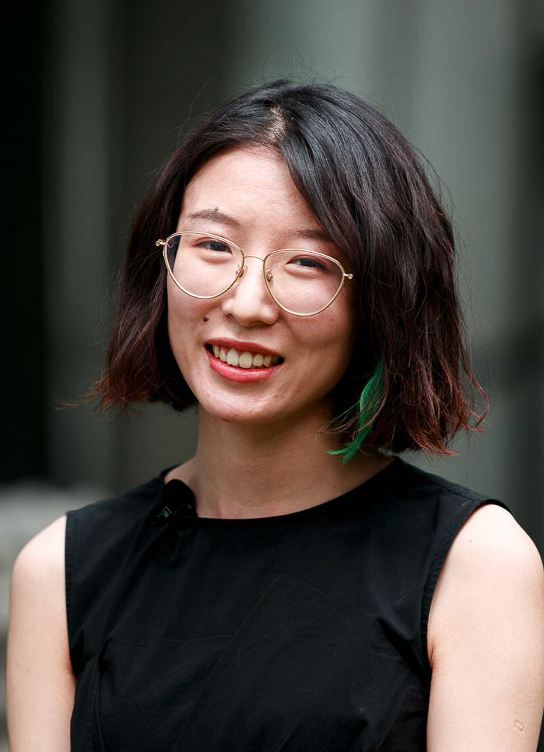
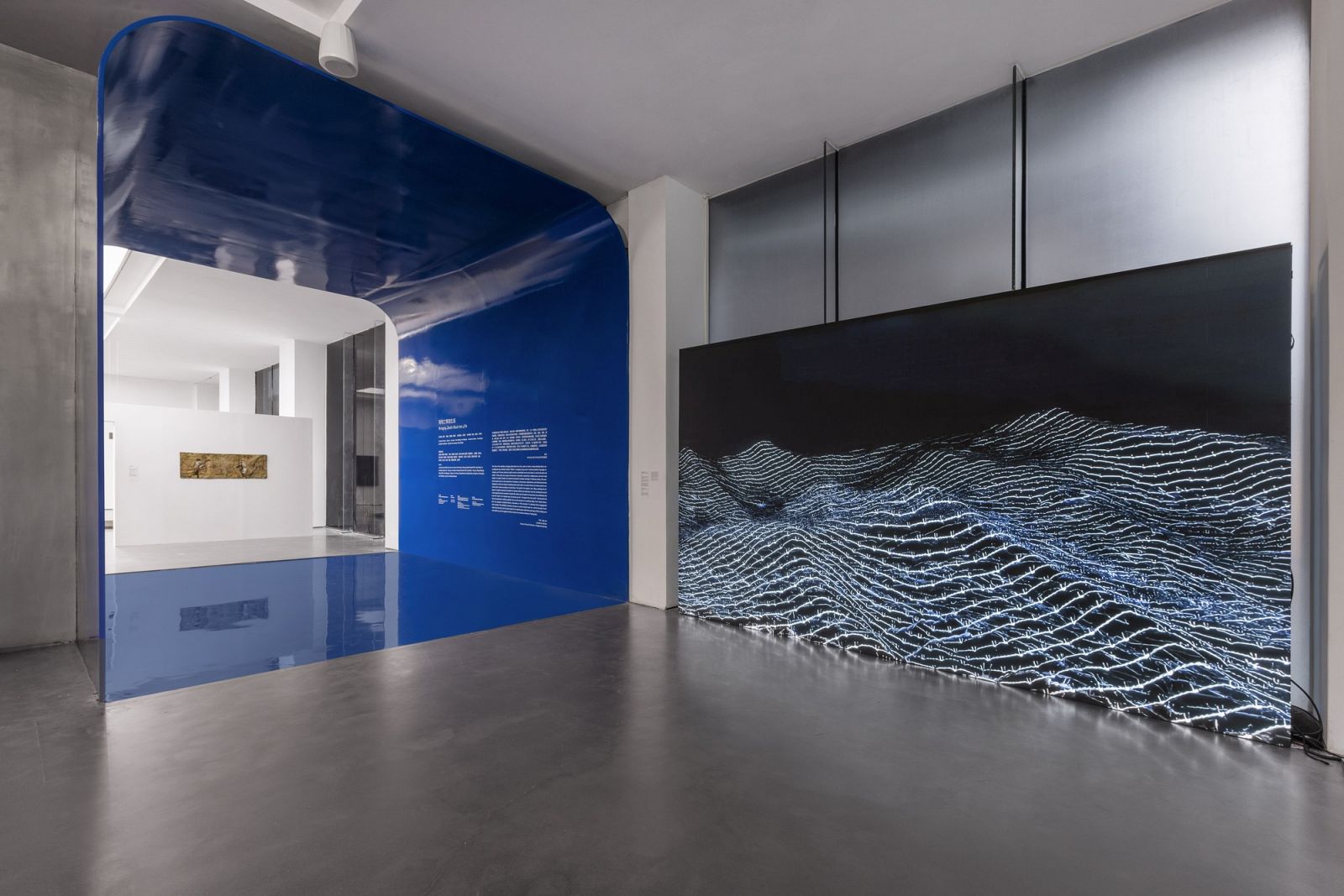
Bringing Death Back into Life, installation view, MACA, 2025. Photo: Yang Hao
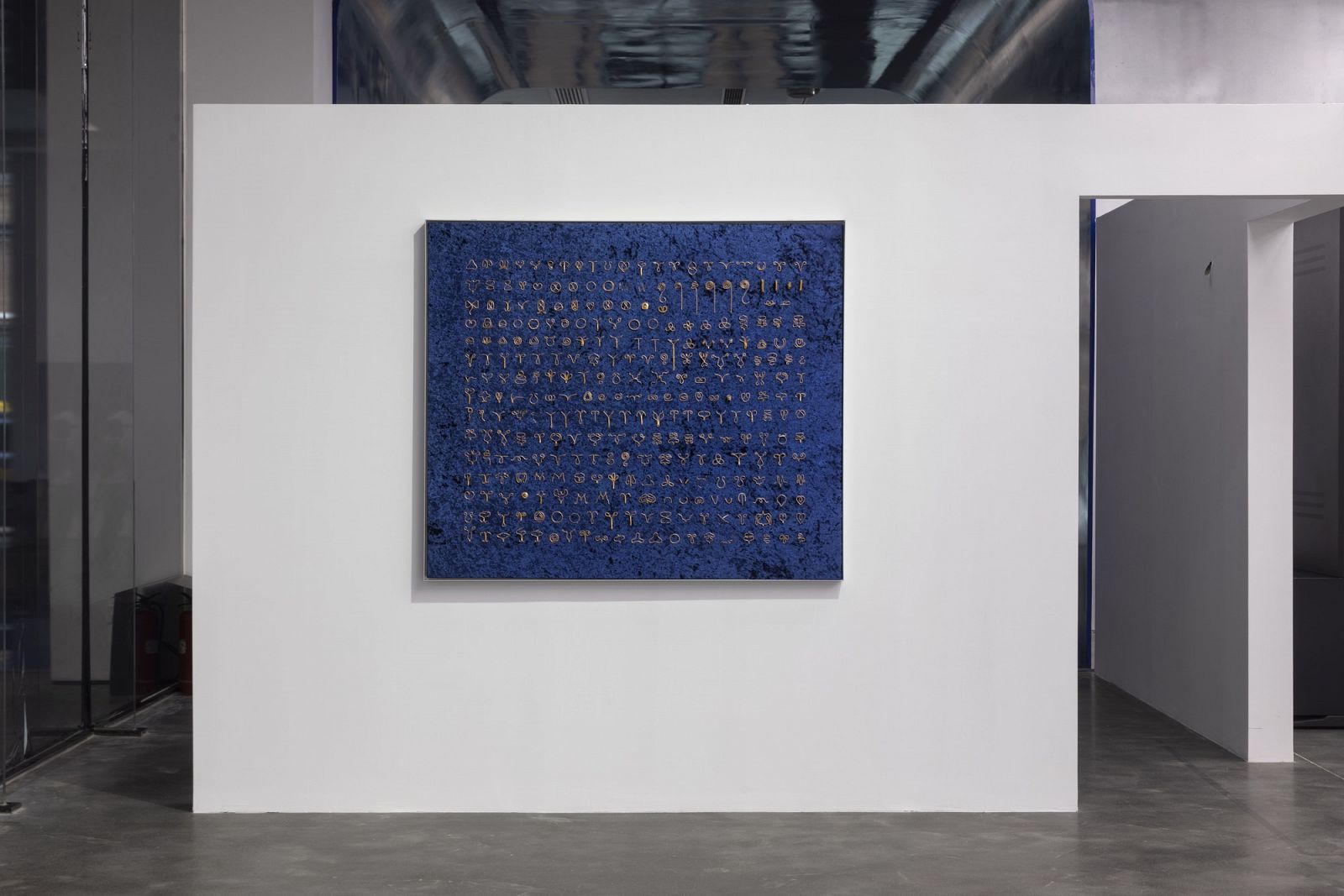
Zhou Wenjing, Women's Series: Intrauterine Device (IUD), 2014, copper, 140×120 cm. Bringing Death Back into Life, installation view, MACA, 2025. Photo: Yang Hao

Bringing Death Back into Life, installation view, MACA, 2025. Photo: Yang Hao
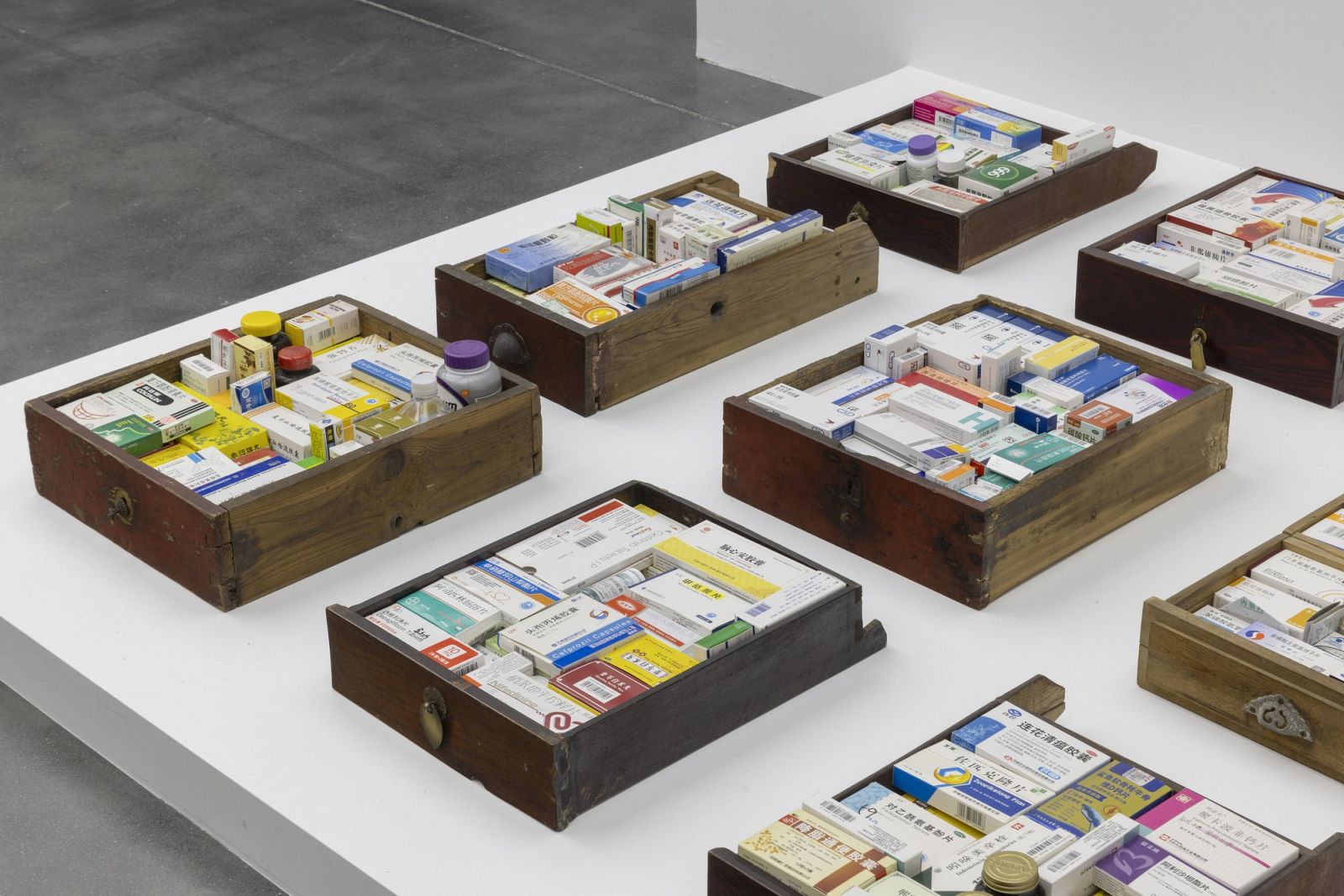
Zhou Wenjing x Jing Jun, Doctor Me, 2025, drawers, common medicine boxes, 200×200 cm. Bringing Death Back into Life, installation view, MACA, 2025. Photo: Yang Hao
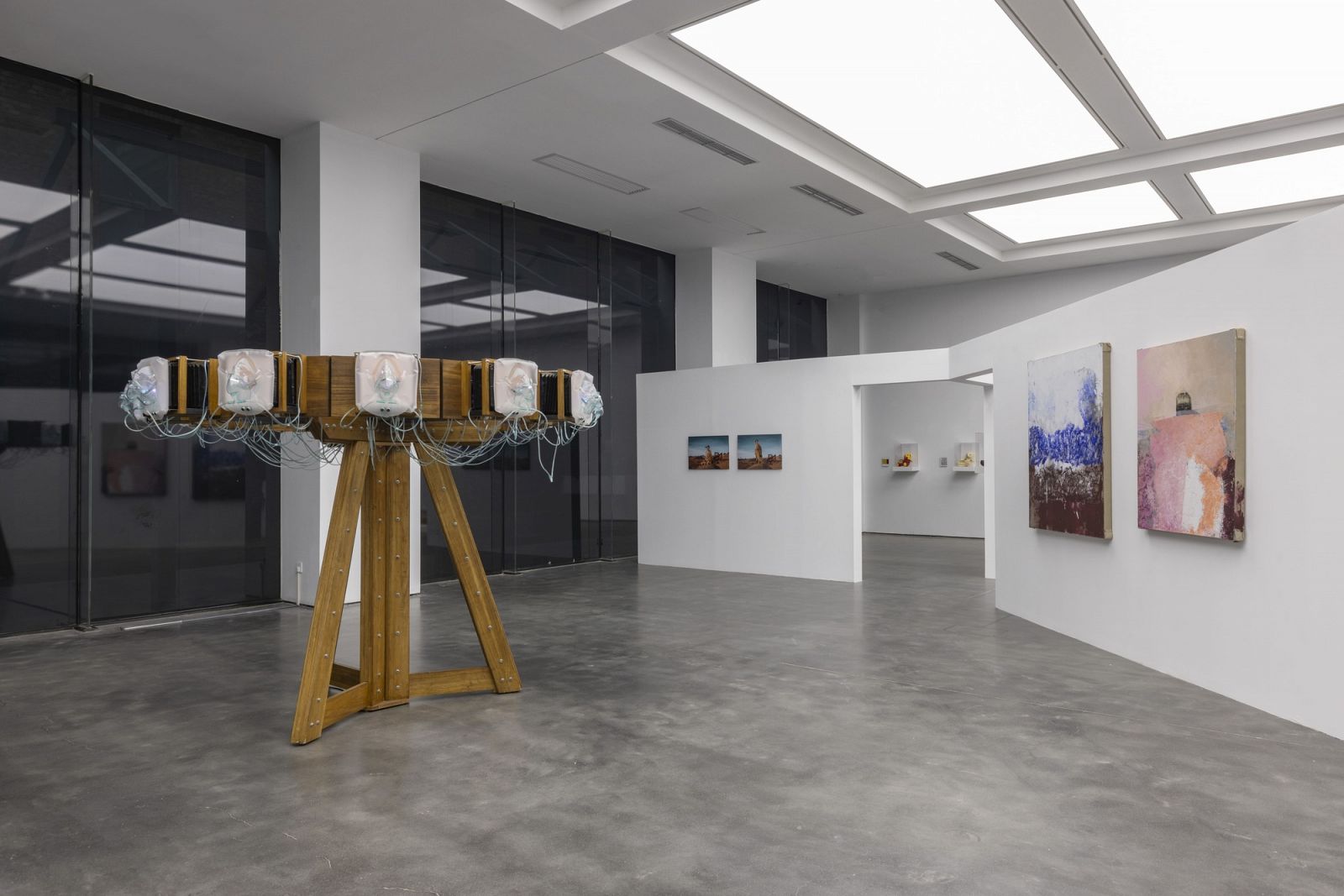
Bringing Death Back into Life, installation view, MACA, 2025. Photo: Yang Hao
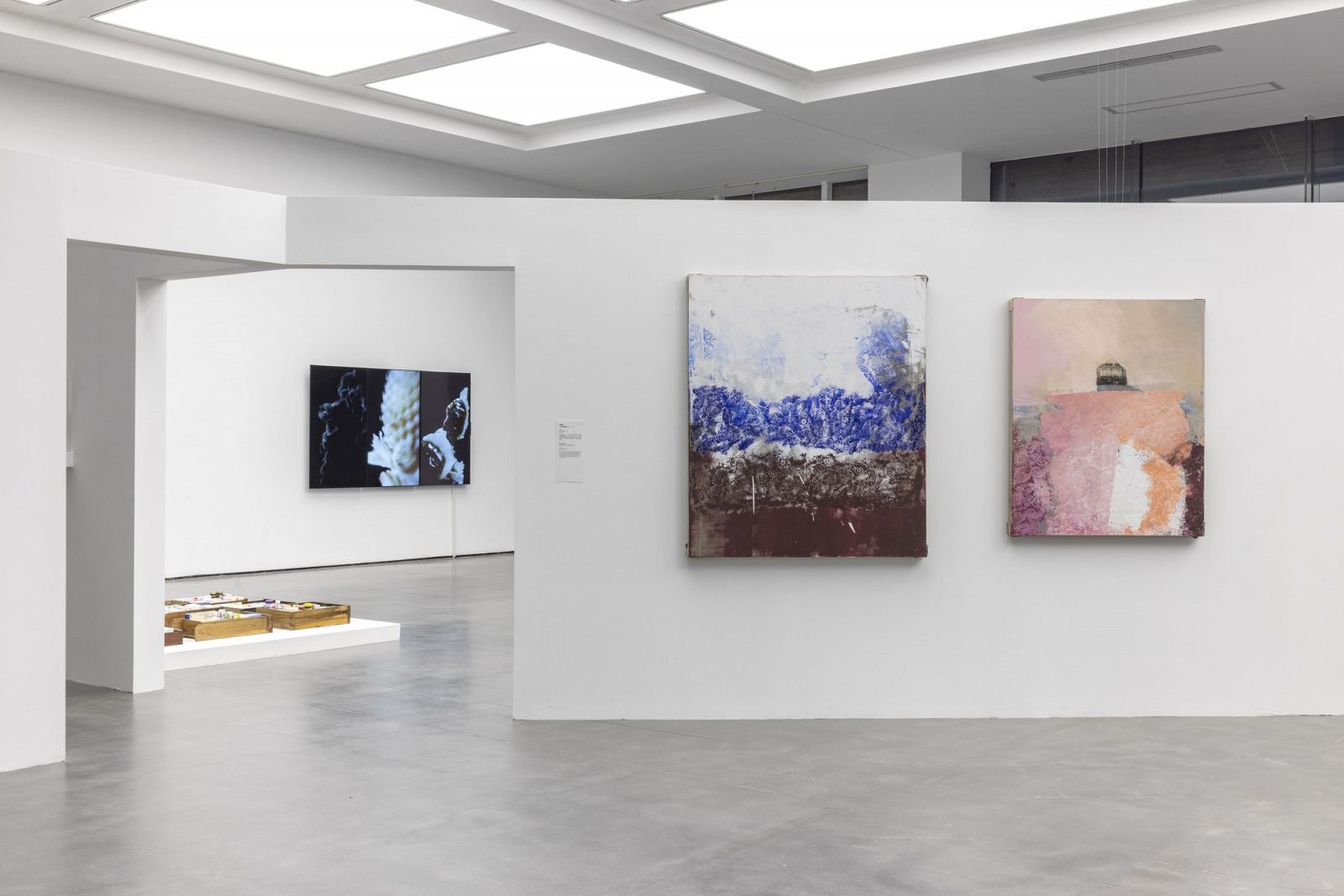
Bringing Death Back into Life, installation view, MACA, 2025. Photo: Yang Hao
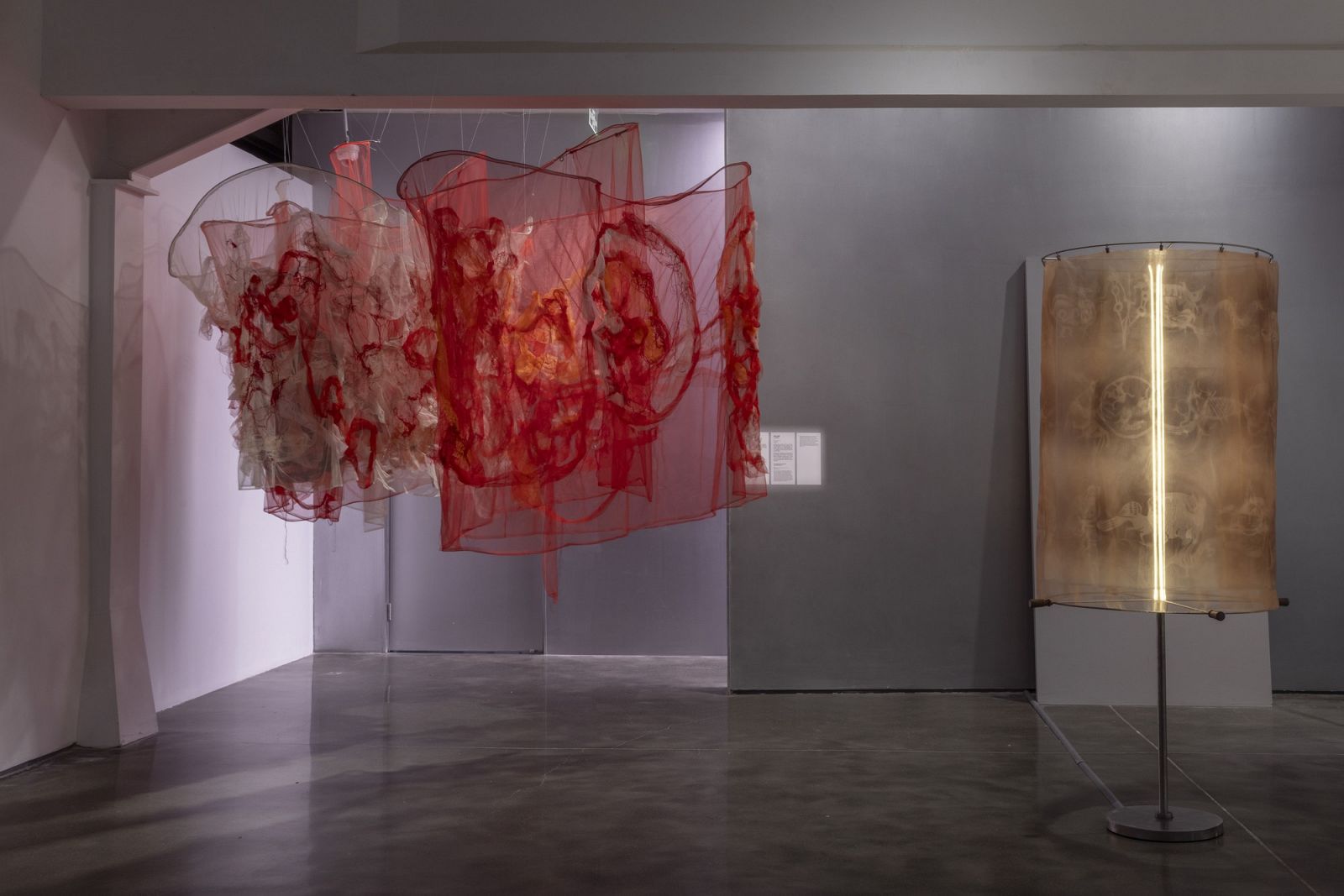
Bringing Death Back into Life, installation view, MACA, 2025. Photo: Yang Hao
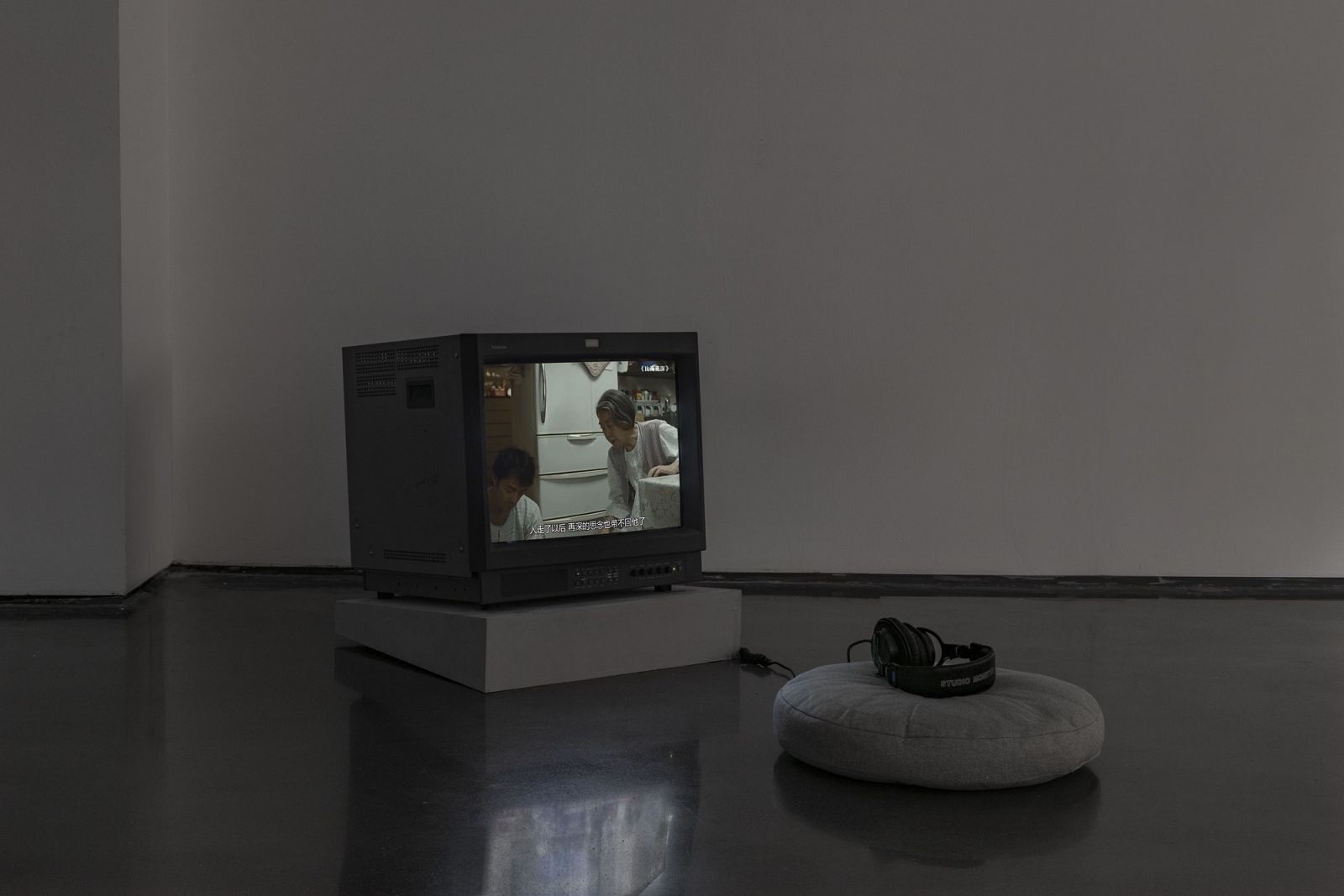
Liang Yun x Jing Jun, To Tell or Not?, 2025, single-channel video, sound, 15 min 19 sec. Bringing Death Back into Life, installation view, MACA, 2025. Photo: Yang Hao
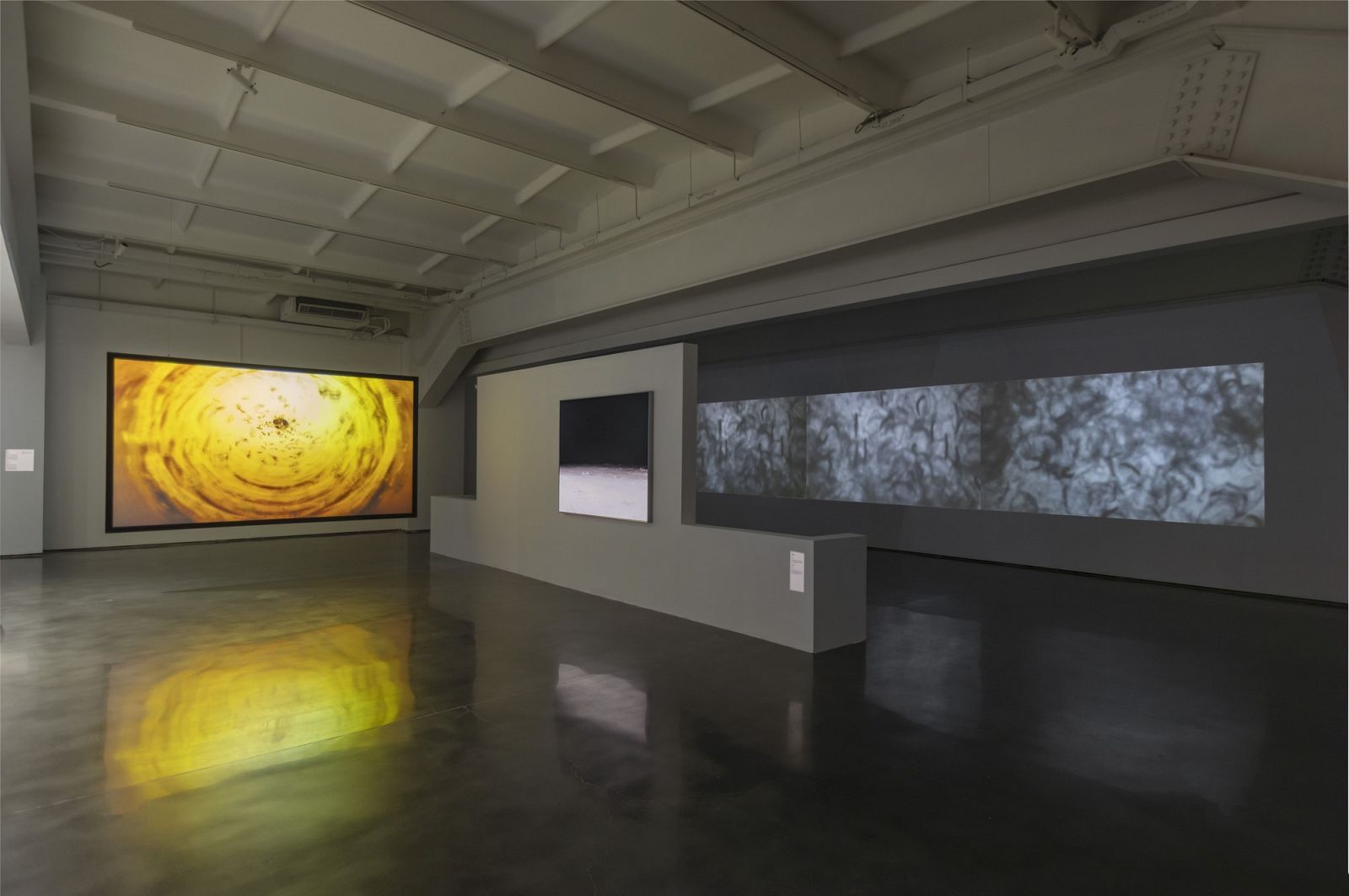
Bringing Death Back into Life, installation view, MACA, 2025. Photo: Yang Hao
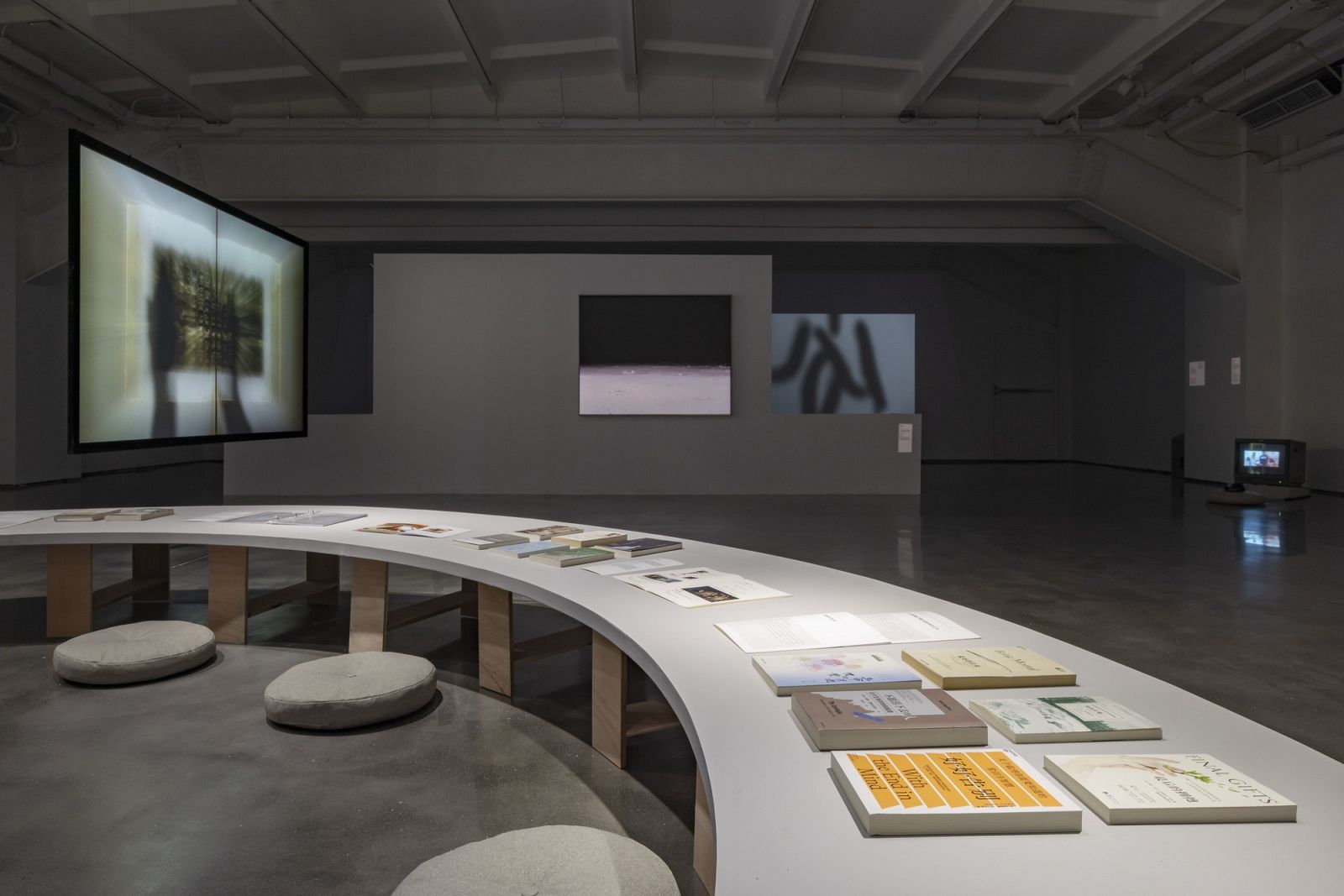
Bringing Death Back into Life, installation view, MACA, 2025. Photo: Yang Hao
